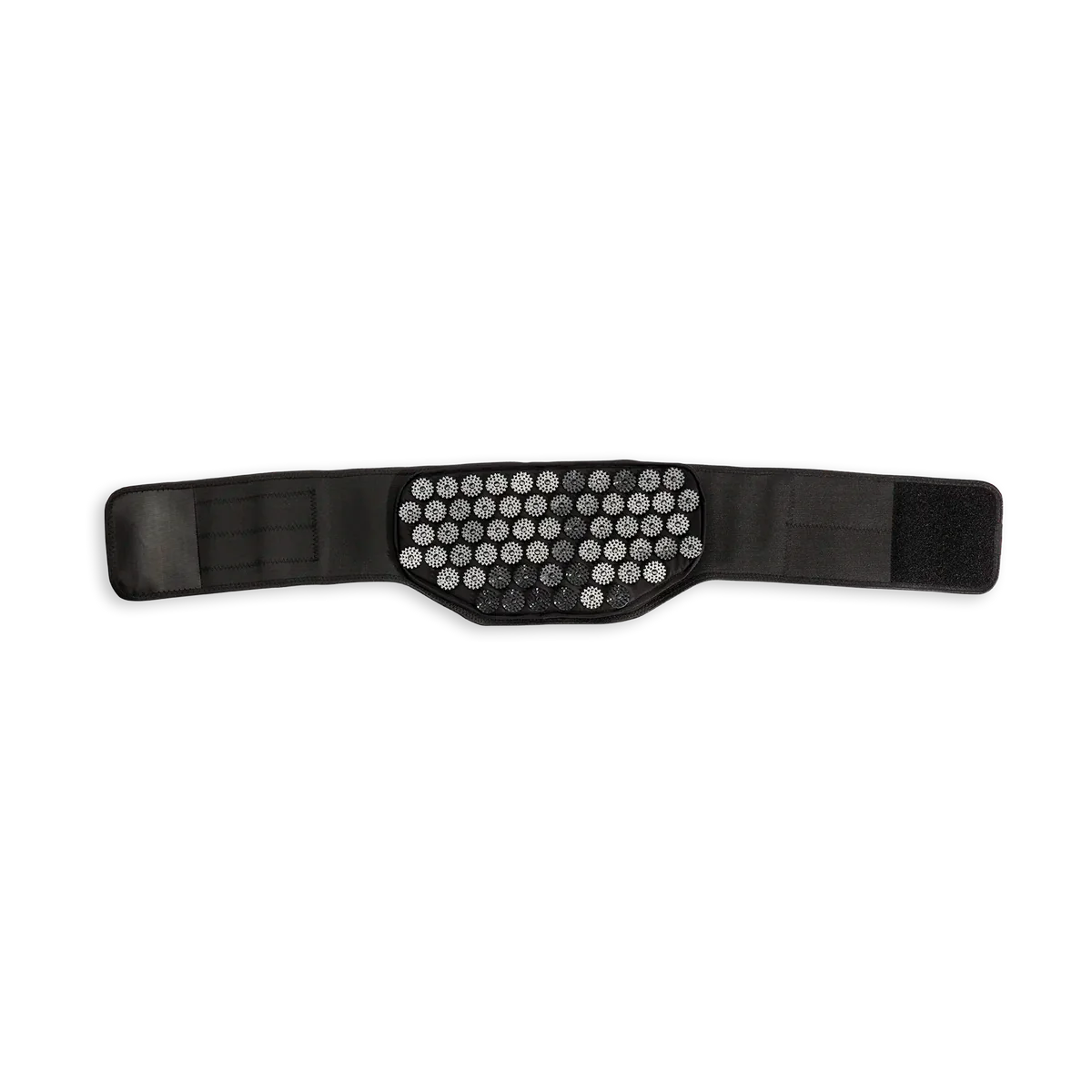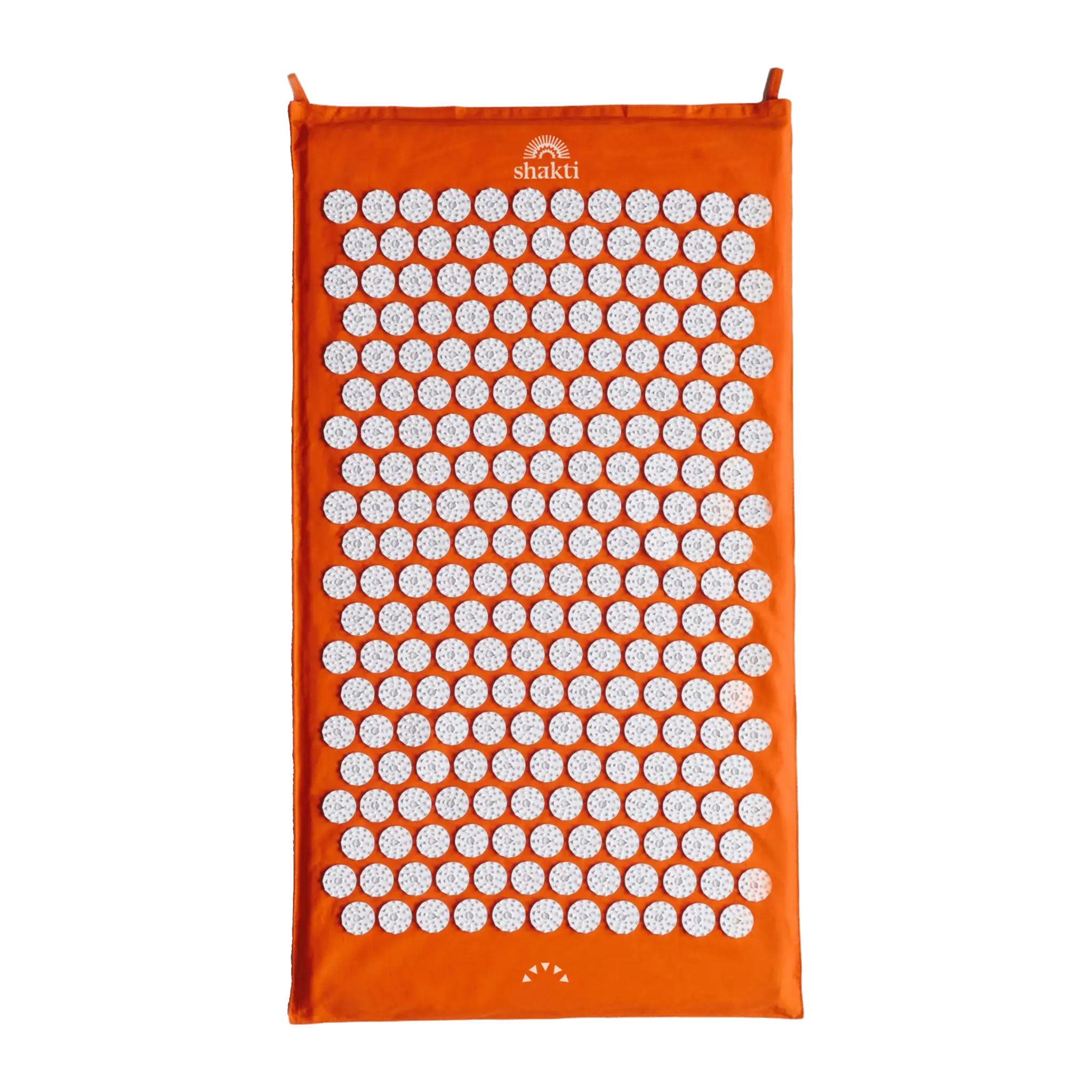- Cutaneous or systemic lupus erythematosus: recognizing symptoms early on
- Autoimmune disease lupus erythematosus: Focus on causes
- Is lupus erythematosus hereditary?
- After the diagnosis of lupus erythematosus: Comprehensive treatment planning
- Which lupus erythematosus therapy is possible?
- These medications can help with lupus erythematosus
- Can lupus erythematosus be cured?
- Conclusion on cutaneous and systemic lupus erythematosus
Lupus erythematosus, often simply referred to as lupus, is an autoimmune disease in which the body's immune system mistakenly attacks healthy tissue. This leads to inflammation and damage to the skin (cutaneous lupus) and various organs (systemic lupus). The symptoms can range from skin rashes and joint pain to more serious complications such as kidney or heart problems. The exact cause of lupus is not yet fully understood. However, it is assumed that genetic, hormonal and environmental factors all play a role. Worldwide, lupus erythematosus occurs in around 0.1 percent of the population, mainly in women of childbearing age. The chronic disease often progresses in relapses and usually requires lifelong treatment. Early diagnosis and appropriate medical care are crucial to control the symptoms and prevent complications. And that's exactly what we want to take care of now: In the following article, you can find out everything you need to know about lupus erythematosus.
Cutaneous or systemic lupus erythematosus: recognizing symptoms early on
Lupus can cause a variety of symptoms, which can also vary from person to person. These often occur suddenly: For example, you have an unexplained skin rash in the morning. Or you suddenly experience severe joint pain that limits you. You may also feel tired and exhausted, even though you have had a long and restful sleep. All of this can indicate lupus, but of course it doesn't have to. For a better assessment, it is certainly helpful to understand the two main forms of lupus in detail and to be able to differentiate between them:
-
the cutaneous and
-
systemic lupus.
While cutaneous lupus erythematosus affects the skin, hair and mucous membranes, systemic lupus also affects organs, joints and muscles. It is important to note that cutaneous and systemic lupus are different forms of the same disease and that cutaneous lupus can sometimes develop into systemic lupus. An accurate diagnosis by a doctor is therefore crucial in order to receive the right treatment and prevent possible complications.
Cutaneous lupus erythematosus (CLE):
The "skin disease" lupus erythematosus, i.e. cutaneous lupus, mainly affects the skin and can take various forms. The most common forms are chronic, subacute and acute. Chronic cutaneous lupus erythematosus (CCLE) is manifested by scaly skin lesions that typically appear on the face, scalp and ears, whereas acute cutaneous lupus erythematosus (ACLE) is characterized by sudden, inflammatory rashes on the face. They are known as butterfly rashes and run over the nose and cheeks. Both forms of lupus erythematosus therefore affect the face and head. Subacute cutaneous lupus erythematosus (SCLE) is characterized by red, scaly rashes that often occur symmetrically on the arms, shoulders, neck and trunk. Sometimes these appear as so-called plaques (disc-shaped elevations). This lupus erythematosus is often accompanied by itching and sensitivity of the skin to light or pressure. Horny areas, skin nodules and swelling or even ulcers in the mouth can also be symptoms of lupus erythematosus. In some cases, lupus erythematosus also causes hair loss.
Important to know: The symptoms of cutaneous lupus can be very similar to those of systemic lupus. In addition, all of these symptoms can also occur in other diseases and there can be longer symptom-free periods between attacks. These are three factors that often make diagnosis difficult.
Systemic lupus erythematosus (SLE):
Systemic lupus erythematosus not only affects the skin, but can also affect other organs and tissues in the body. It therefore includes a variety of symptoms, including joint pain, stiff joints, muscle weakness, fever, inflammation, headaches, kidney problems, heart problems, pneumonia, neurological symptoms and more. Those affected often feel very listless, suffer from a lack of concentration and lose a lot of weight unintentionally - a sometimes gradual process. Raynaud's syndrome in particular, in which lupus erythematosus changes the hands and feet, can be frightening when it first occurs. Here, the blood vessels in your fingers and toes constrict spasmodically, which is accompanied by very clearly visible color changes. If lupus erythematosus affects the back, for example through muscle pain, this can result in severe movement restrictions. As you can see, SLE can be serious and often requires intensive medical treatment to control the inflammation and minimize organ damage. It is also important to keep an eye on the kidney values, as these are affected in around 75 percent of all SLE patients.
Autoimmune disease lupus erythematosus: Focus on causes
The exact causes of lupus erythematosus are not yet fully understood. However, it is now accepted that a combination of genetic, hormonal and environmental factors is responsible is responsible for the impaired regulation of the immune system that triggers lupus. In healthy people, the immune system recognizes intruders such as bacteria or viruses and attacks them in order to protect the body. In people with lupus, however, the immune system is misdirected and begins to attack the body's own tissue. This can affect various organs and tissues in the body, including the skin, joints, kidneys, heart, lungs and nervous system. People with a family history of lupus have a higher risk of developing the disease, suggesting that genetic factors may play a role. Hormonal influences are also likely, as lupus is more common in women - and hormone levels are known to fluctuate more than in men. Environmental factors such as UV light or smoking can also contribute to the development of lupus as so-called triggers by influencing the immune system. And we shouldn't forget something else: Stress can also weaken our immune system and thus trigger lupus flare-ups. So always take good care of yourself and allow yourself sufficient rest breaks in your hectic everyday life. Our tip: Fixed rituals help here, for example 10 minutes a day to relaxation on the acupressure mat - either to wake up in the morning or to wind down in the evening.
Is lupus erythematosus hereditary?
Short answer: Yes, as briefly mentioned above. Long answer: The heritability of lupus is complex and is influenced by various factors. The fact is that there is a genetic component to lupus. This means that people whose close relatives (parents, siblings) have lupus have a higher risk of developing the disease. Studies show that certain gene variants can increase the risk of lupus. However, it is important to note that not everyone with a family history of lupus will necessarily develop the disease. As you already know, environmental factors and other influences can also play a role. Nevertheless, it is advisable that people with a family history of lupus are regularly monitored by a doctor in order to recognize and treat possible signs and symptoms at an early stage.

After the diagnosis of lupus erythematosus: Comprehensive treatment planning
The treatment of lupus depends on the individual symptoms, the severity of the disease and the organ affected. While there is no cure for lupus (yet), early diagnosis and appropriate treatment can control symptoms, reduce inflammation and prevent complications. Treatment for lupus usually involves a combination of medication, lifestyle changes and supportive therapies where appropriate. We will go into more detail about drug treatment and other therapeutic approaches in a moment. First, however, we would like to focus on an area that you can easily influence positively yourself: your everyday life.
-
As UV radiation can be a known trigger for lupus symptoms, you should protect yourself from sunlight and use sunscreen with a high protection factor.
-
In cold weather, we recommend extra protection for hands and feetto avoid Raynaud's syndrome.
-
A smoking cessation is also advisable, as smoking can worsen the symptoms of lupus and increase the risk of cardiovascular disease.
-
You should also think about your stress management yourself. We tend to pack our daily lives with too many appointments, which may not be a problem for a healthy body. Lupus is different: stress can make symptoms worse. It is therefore important to reduce stress and use relaxation techniques such as meditationyoga or breathing exercises into everyday life.
-
Furthermore movement and nutrition play a major role.
Which lupus erythematosus therapy is possible?
The treatment of lupus must be tailored to the individual needs of each patient. A multidisciplinary treatment team consisting of physicians, rheumatologists, dermatologists, nephrologists and other specialists will develop a comprehensive strategy to ensure you receive the best possible care. This will most likely consist of suitable medication, but will certainly also include other factors that help to strengthen your immune system. Adapted exercise and a healthy diet are particularly important in this context. And not least because you can be very active yourself here.
Support your body through exercise!
Regular physiotherapy can help to relieve joint pain and muscle weakness, improve mobility and thus increase the quality of life with lupus. In particular, stretching exercises, muscle-strengthening exercises and acupressure to loosen the muscles. However, it is important that physiotherapy for lupus is tailored to the individual needs of each patient and is carried out in close collaboration with an experienced physiotherapist. Here are some ways in which physiotherapy can be used for lupus:
-
Movement exercises can improve joint mobility, strengthen muscles and increase endurance. This can help to maintain the functionality of the joints and improve general mobility. Existing fatigue can also be well managed through regular exercise.
-
Manual therapyincluding massage, acupressure, mobilization and stretching techniques, can relax muscles, improve circulation and relieve pain. This can be particularly helpful for muscle pain and tension associated with lupus symptoms. Our tip: On an acupressure mat you can relax wonderfully easily and quickly.
-
Techniques for joint protection and to avoid overloading the joints during everyday activities are also advisable. You should therefore make sure you learn these, for example in the form of gentle, flowing movements. This can help to reduce pain and reduce the risk of joint inflammation and damage. Incidentally, weight management also plays a role here.
-
In addition aerobic exercises as well as walking, cycling or swimming can improve your cardiovascular fitness, strengthen your muscles and reduce fatigue. This simply makes you feel better and more comfortable overall.
-
Important for all points: Take care of your joints and don't overdo it. It's better to do small sessions regularly than over-intensive training.
A balanced diet can reduce lupus symptoms
A healthy and balanced diet can help to alleviate the symptoms of lupus, strengthen the immune system and improve overall health. It is important that people with lupus customize their individualize their diet and seek support from a nutritionist if necessary. In this way, nutrient deficiencies can be balanced and inflammation reduced. Here are some dietary tips that may be helpful:
-
Foods that are rich in omega-3 fatty acids (for example fatty fish such as salmon, mackerel or sardines, linseed, chia seeds and walnuts) have anti-inflammatory properties.
-
Antioxidantscontained in foods such as berries, green leafy vegetables, peppers, carrots and tomatoes neutralize free radicals and thus also reduce inflammation.
-
Turmeric contains the anti-inflammatory curcumin. Adding turmeric to dishes or taking turmeric supplements can help to reduce inflammation and strengthen the immune system.
-
Probiotics are bacteria that can promote intestinal health and support the immune system. Foods such as yogurt, kefir, sauerkraut and fermented vegetables are rich in probiotic bacteria - make sure to include them regularly in your diet.
-
A diet rich in fruit and vegetables provides you with important nutrients, vitamins and minerals that can strengthen the immune system and reduce inflammation.
-
Caution: Some foods promote inflammation, for example sugary drinks, refined carbohydrates, trans fats and foods with a high saturated fat content. Reduce these at all costs - or avoid them completely.

These medications can help with lupus erythematosus
Of course, we cannot recommend any medication here, as this must be individually adapted to your situation by your doctor. However, we can give you a brief overview of what drug treatment is possible - and what it can achieve.
-
Non-steroidal anti-inflammatory drugs (NSAIDs) such as ibuprofen or naproxen are generally used to relieve joint pain and inflammation.
-
Antimalarials can help to slow down the progression of the disease by reducing skin rashes and joint pain.
-
Corticosteroids such as prednisone are often used to reduce inflammation and treat severe symptoms of lupus. However, these can also have side effects and should therefore be avoided in the long term.
-
Immunosuppressants suppress the overactive immune system and thus help to control inflammation.
-
Biologics can be used to treat systemic lupus erythematosus (SLE) as they block specific proteins in the immune system that are involved in inflammation.
Can lupus erythematosus be cured?
Lupus is currently incurable as it is a chronic autoimmune disease. This means that the body's immune system mistakenly attacks the body's own tissue and causes inflammation. However, there are treatment options that aim to control symptoms, reduce inflammation and slow the progression of the disease. As a result, many people with lupus erythematosus have a normal life expectancy, especially if the disease is diagnosed early and treated appropriately. Modern and holistic options, including medications and therapies, improve the quality of life of people with lupus and delay the progression of the disease. Nevertheless, in some rare cases, lupus can cause serious complications, especially when vital organs such as the heart or kidneys are affected. Regular medical care, adherence to treatment recommendations and a healthy lifestyle are therefore essential.
Conclusion on cutaneous and systemic lupus erythematosus
We have now looked in detail at the question "What is Lupus Erythematosus?" and have gained valuable insights. Lupus erythematosus is a complex autoimmune disease that requires careful treatment to control symptoms and prevent complications. Although neither cutaneous nor systemic lupus erythematosus is currently curable, there are a variety of treatment options that aim to reduce inflammation, strengthen the immune system and improve the quality of life of those affected. Treatment for lupus usually involves a combination of medication, lifestyle changes and supportive therapies. Although lupus can be a serious and challenging disease, there are promising prospects for all those affected. In addition, advances in medical research and the development of new, even more effective treatment options give justified cause for optimism.

















